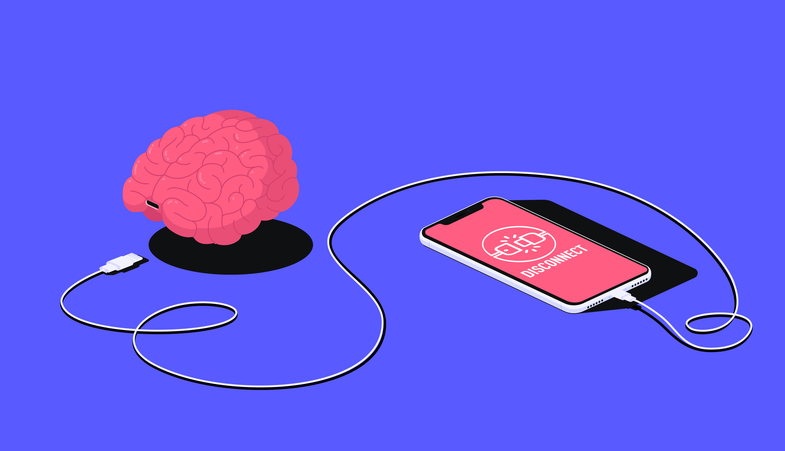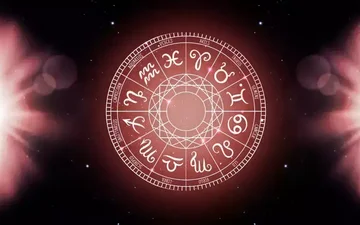
"Dopamine fasting" or fasting from dopamine, created by a psychiatrist from California, dr. Cameron Sepah, has very little to do with fasting and dopamine. Dopamine is just one mechanism that explains how addictions can be reinforced and creates an appealing title. The title should not be taken literally. Unfortunately, with such a delightful name, who could resist them? This is where misunderstandings begin.
What is the idea behind "dopamine fasting"?
What Sepah intended by fasting dopamine was a method, based on cognitive behavioral therapy, by which we can become less dominated by unhealthy stimuli - messages, announcements, beeps - that accompany living in a modern technology.
Instead of automatically responding to these rewarding signals, which provide us with an immediate but short-lived load, we should allow our brains to take a break and recover from this potentially addictive bombardment. The idea is that by allowing ourselves to feel lonely or upset, or find pleasure in doing simpler and more natural activities, we will regain control over our lives and be better able to deal with compulsive behaviors that can interfere with our happiness.
Some compulsive behaviors that may respond to a dopamine fast are: emotional eating, overuse of the internet and games, gambling and shopping, pornography and masturbation, and so on. However, fasting from dopamine can be used to help control any behavior that causes you anxiety or negatively affects your life.
You can not "fast" from a natural brain chemical
Dopamine is one of the body's neurotransmitters and is involved in our body's system for reward, motivation, learning and enjoyment. As dopamine increases in response to rewards or enjoyable activities, it does not actually decrease when you avoid excessive stimulating activities, so a "fast" of dopamine does not actually lower your dopamine levels.
That said, before reading lyrical terms on TikTok or other social networks like dopamine detox, do your research in depth.
Source: Harvard Health





